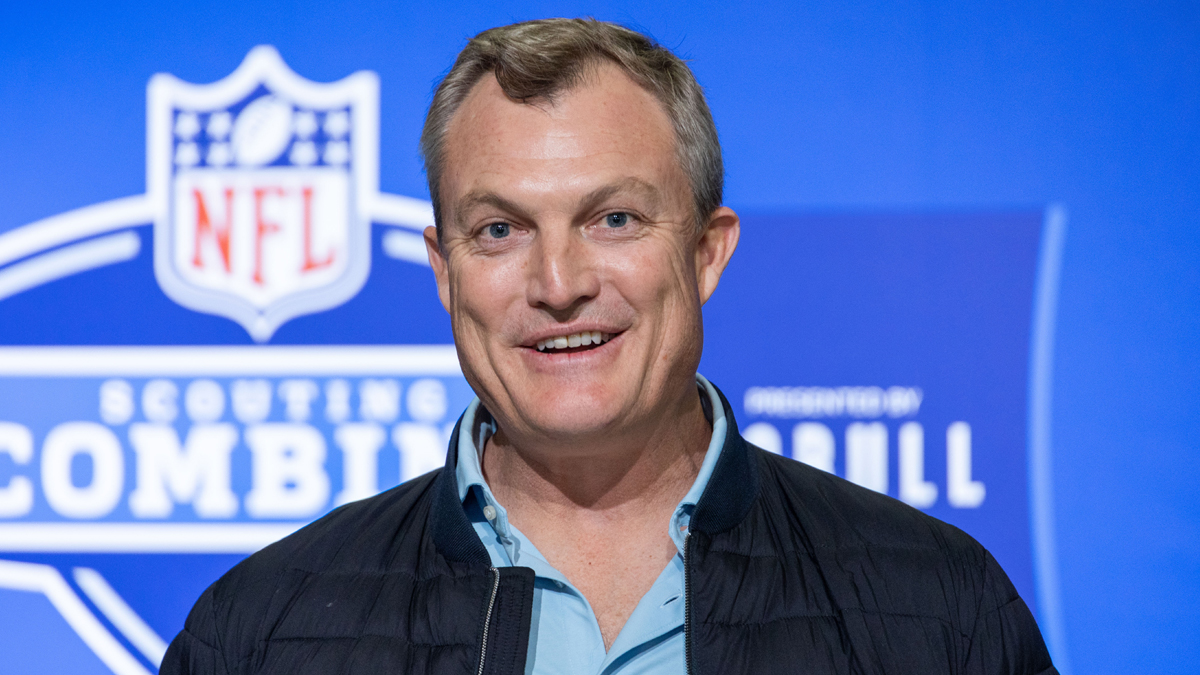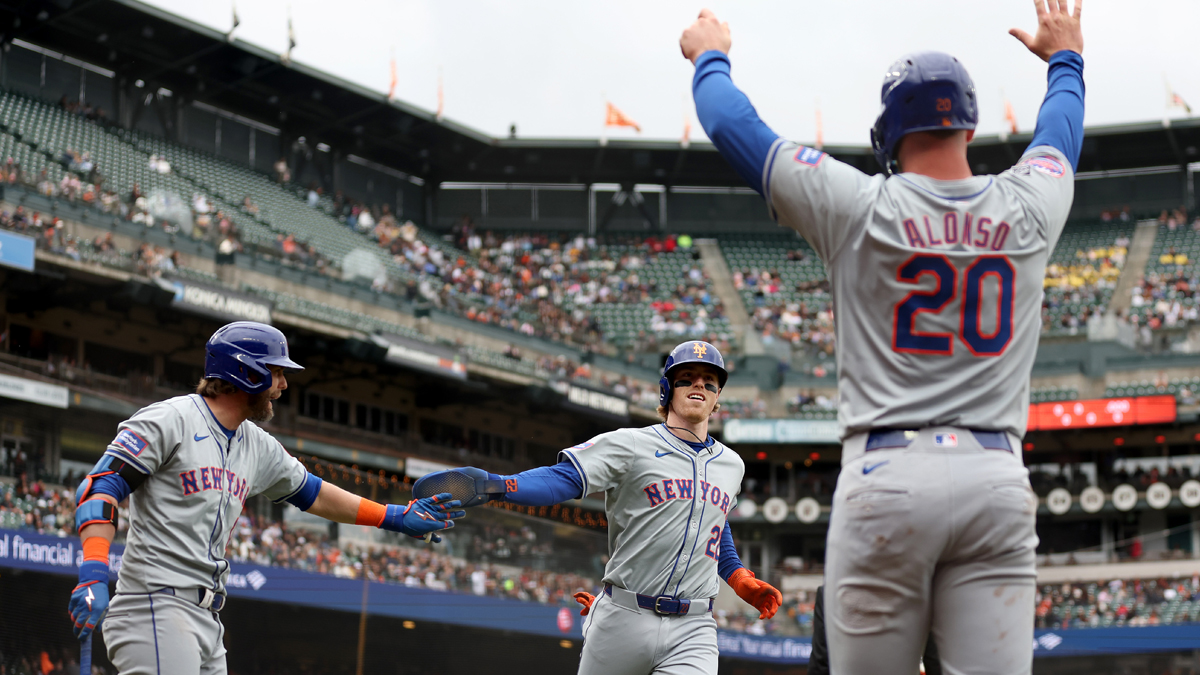The Sharks are in a position that's familiar to the Nashville Predators.
San Jose is 9-6-3 in 18 games after acquiring two-time Norris Trophy winner Erik Karlsson in a blockbuster trade. Two years ago, Nashville was 8-7-3 in 18 games after acquiring Norris winner P.K. Subban in a blockbuster trade.
The parallels are obvious. They're both right-handed, puck-moving defensemen with accomplished resumes who switched conferences.
But the circumstances -- and the players themselves -- are not identical.
The Sharks acquired Karlsson on the eve of training camp, while the Predators landed Subban before the start of free agency two summers ago. Subban largely filled the role of the defenseman he was traded for (Shea Weber), while Karlsson's arrival rearranged a depth chart that featured another Norris Trophy winner in Brent Burns.
[RELATED: Where Sharks stand in Pacific]
What might be the biggest difference, however, is that Karlsson isn't off to the same offensive start that Subban was.
Sports
Subban came out of the gates firing. He scored on his first shot on goal -- and second attempt -- with the Predators. In his first 18 games, Subban scored 13 points, including seven on the power play.
Karlsson, meanwhile, still is searching for his first goal with the Sharks. He picked up seven assists in his first 11 games, but he was held off the scoresheet in each of his last seven games. That's not for a lack of trying, though.
In his first 18 games with the Sharks, Karlsson fired 52 pucks on net. Subban, meanwhile, had 42 shots through his first 18 games. Five-on-five, Karlsson actually is shooting at a higher rate at this point with the Sharks than Subban was with the Predators.
| Karlsson (2018-19) | Subban (2016-17) | |
|---|---|---|
| Shots/60 | 7.1 | 4.55 |
| CF/60 | 19.12 | 8.56 |
| FF/60 | 11.11 | 6.19 |
| SCF/60 | 3.46 | 1.28 |
| HDCF/60 | 0.18 | 0.36 |
What's been the biggest difference in their respective starts? Individual finishing.
Subban scored on 8 percent of his five-on-five shots in his first 18 games with the Predators, while his teammates scored on 3.9 percent of theirs with him on the ice. Karlsson, so far, has the opposite problem. He didn't score on any of his 39 five-on-five shots, and his teammates scored on 8.2 percent of theirs.
Finishing made the difference on the power play, too. Although Karlsson didn't shoot nearly as much as Subban on the man advantage through 18 games, he wasn't as lucky, either. Subban scored on two of his 14 shots, while Karlsson scored on none of his eight.
Subban and Karlsson's respective starts both show how volatile a small sample size can be. Karlsson scored on 6.8 percent of his shots in all situations entering this season, and already would have about three goals -- 3.6, to be exact, but we'll round down -- if he converted at that rate. Subban, meanwhile, entered his first season in Nashville with a 5.8 percent career shooting percentage. Yet, he scored on 11.9 percent of his shots at the start of his Predators tenure.
Ultimately, Subban finished the season shooting closer to what was his career average. He converted on 5.0 percent of his shots in his final 48 games, scoring as many goals (five) as he did in his first 18 appearances.
The best predictor of the rest of Subban's first season in Nashville proved to be his own career. That doesn't mean the same thing is guaranteed to happen to Karlsson in San Jose, but the Sharks surely wouldn't mind to see it turn out that way.



